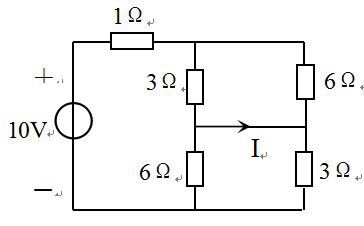 题目内容
(请给出正确答案)
题目内容
(请给出正确答案)
8.Renaissance (2) Renaissance refers to a European...
8.Renaissance (2) Renaissance refers to a European ideological and cultural movement from the 14th century to the 16th century, which reflects the requirements of the new bourgeoisie. The concept of "Renaissance" was used by Italian humanist writers and scholars in the 14th-16th century. People at that time believed that literature and art had been highly prosperous in the classical times of Greece and Rome, but declined and annihilated in the "Dark Age" of the middle ages. It was not until the 14th century that it obtained "regeneration" and "Renaissance", so it was called "Renaissance". The Renaissance first rose in Italian cities, then extended to Western European countries, reached its peak in the 16th century, brought a period of scientific and artistic revolution, opened the prelude of modern European history, and was considered as the boundary between the middle ancient times and modern times. Renaissance is one of the three major ideological liberation movements (Renaissance, religious reform and Enlightenment) in modern Western Europe. After the 11th century, with the recovery and development of economy, the rise of cities and the improvement of living standards, people gradually changed their pessimistic and desperate attitude towards real life and began to pursue the joy of secular life, which was contrary to the Catholic Church. In the 14th century, Italy, with its prosperous urban economy, was the first country to resist the Catholic culture. At that time, Italian citizens and secular intellectuals, on the one hand, were extremely disgusted with Catholic theocracy and its hypocritical asceticism, on the other hand, because there was no mature cultural system to replace Catholic culture, so they expressed their cultural ideas by reviving ancient Greek and Roman culture. Therefore, the Renaissance emphasizes that the new culture is based on classicality, rather than a pure classical Renaissance, which is actually a new cultural movement of the bourgeoisie against feudalism. 15.Where was the Renaissance originated from?
A、Italy
B、French
C、England
D、Greek
 简答题官方参考答案
(由简答题聘请的专业题库老师提供的解答)
简答题官方参考答案
(由简答题聘请的专业题库老师提供的解答)
 抱歉!暂无答案,正在努力更新中……
抱歉!暂无答案,正在努力更新中……

































